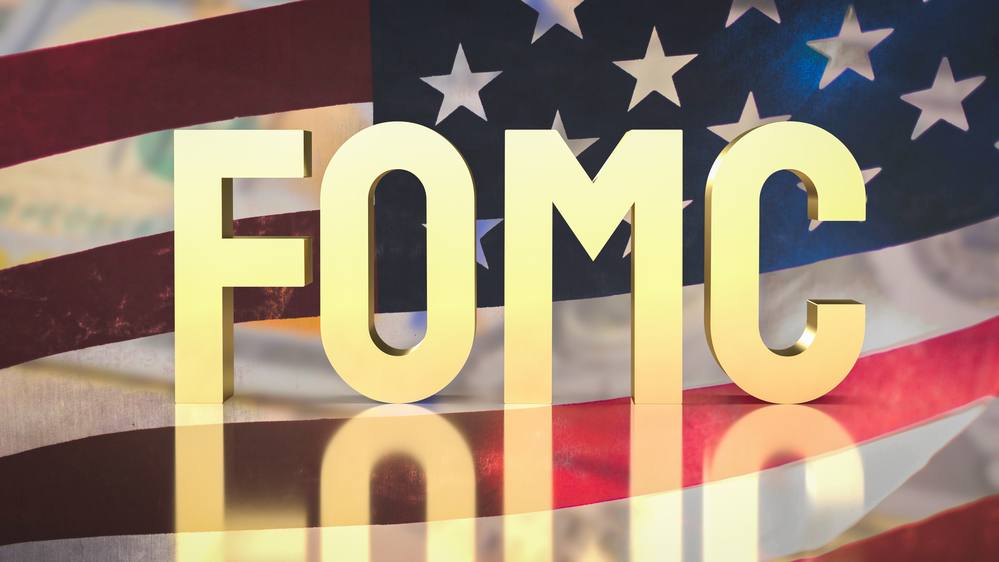
Monetary Policy & Inflation | US

Monetary Policy & Inflation | US
This article is only available to Macro Hive subscribers. Sign-up to receive world-class macro analysis with a daily curated newsletter, podcast, original content from award-winning researchers, cross market strategy, equity insights, trade ideas, crypto flow frameworks, academic paper summaries, explanation and analysis of market-moving events, community investor chat room, and more.
The Fed remained on hold as expected.
Yesterday’s FOMC economic assessment was identical to that of the 7 May FOMC. The statement’s economic paragraph and the presser’s opening statement were virtually unchanged. Unemployment ‘remained low’ and ‘inflation somewhat elevated.’ This contrasts with data showing growth slowing, rising unemployment claims and better inflation prints and limited passthrough from tariffs (Charts 1-4).
The statement further read ‘uncertainty about the economic outlook had diminished.’ And during the presser Chair Powell explained ‘businesses were in a bit of shock after April 2, but there’s a very different feeling now, it feels much more positive and constructive than it did three months ago.’ This also contrasts with data showing still high policy uncertainty and weak private sector confidence as well as with the developing instability in the Middle East (Charts 5-6).
The disconnect between the FOMC economic assessment and recent data demonstrates a hawkish reaction function. It reflects FOMC concerns that the worst of the tariffs impact is still to come. Powell acknowledged ‘We’ve had three months of favorable inflation readings since the high readings of January and February.’ He also noted tariff levels had decreased since April.
But Powell said, ‘It takes some time for tariffs to work their way through the chain of distribution to the end consumer. Increases in tariffs this year are likely to push up prices.’ Powell expects to learn a ‘great deal more over the summer.’
The SEP also shows the FOMC’s tariff concerns (Table 1). As I expected, the unemployment and core PCE forecasts were raised in 2025 and in following years converged to March’s SEP forecast. However, this is achieved through a higher FFR trajectory: two cuts in 2025 as I expected. But contrary to my expectations, the FFR remained 25bp higher than in March’s SEP in following years. That is, the Fed thinks it must keep policy tighter than it envisaged at March’s FOMC to maintain a soft landing.
| Chart 1: Slowing Growth | Chart 2: Rising Jobless Claims |
| Chart 3: Disinflation Has Resumed | Chart 4: Limited Tariff Passthrough |
| Chart 5: Still High Policy Uncertainty | Chart 6: Still Weak Private Confidence |
Despite the hawkishness, I still expect the Fed to start easing in September for three reasons.
First, the Fed may be less hawkish than yesterday’s presser suggested. Our Fed sentiment index shows gradually increasing dovishness, which seems more consistent with a SEP showing two 2025 cuts despite higher inflation than yesterday’s presser did! (Chart 7). This could reflect that as Powell mentioned, tariffs have decreased since 2 April and President Trump’s tariffs talk has turned less hawkish (Chart 8).
Second, the FOMC is likely to reach a consensus during summer. The dot distribution did not narrow as I expected (Chart 9). However, yesterday’s range aligns with June FOMCs in previous years (Chart 10). Inflation expectations are another sign of an emerging consensus, which FOMC members had much discussed before the meeting. These were not mentioned, suggesting the issue has been settled, a necessary condition for a cut.
Third, I expect data to still show limited tariffs impact on inflation and softening growth.
| Chart 7: Fed Sentiment Index More Dovish | Chart 8: Tariff Hawkishness Weakening |
| Chart 9: Unchanged Dot Range… | Chart 10: …In Line With June FOMCs |
I still expect two-three 2025 cuts starting in September in line with markets pricing 70% chance of a cut by September and 1.9 cuts by December.
(The commentary contained in the above article does not constitute an offer or a solicitation, or a recommendation to implement or liquidate an investment or to carry out any other transaction. It should not be used as a basis for any investment decision or other decision. Any investment decision should be based on appropriate professional advice specific to your needs. You are not permitted to publish, transmit, or otherwise reproduce this information, in whole or in part, in any format to any third party without the express written consent of Macro Hive. This includes providing or reproducing this information, in whole or in part, as a prompt.)
Spring sale - Prime Membership only £3 for 3 months! Get trade ideas and macro insights now
Your subscription has been successfully canceled.
Discount Applied - Your subscription has now updated with Coupon and from next payment Discount will be applied.